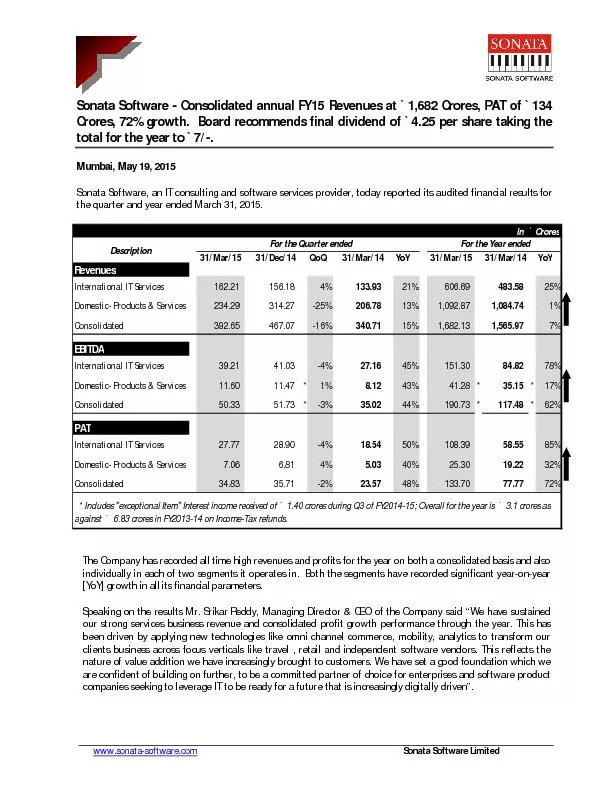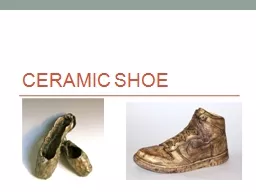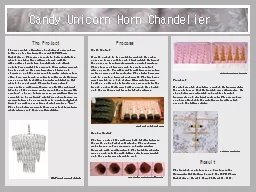PPT-Shoe-horn Sonata
Author : faustina-dinatale | Published Date : 2016-07-12
MODULE A Distinctively Visual An Introduction Context World War II The war in the Asia Pacific the Japanese advance Stretched from 194145 While the US and its
Presentation Embed Code
Download Presentation
Download Presentation The PPT/PDF document "Shoe-horn Sonata" is the property of its rightful owner. Permission is granted to download and print the materials on this website for personal, non-commercial use only, and to display it on your personal computer provided you do not modify the materials and that you retain all copyright notices contained in the materials. By downloading content from our website, you accept the terms of this agreement.
Shoe-horn Sonata: Transcript
Download Rules Of Document
"Shoe-horn Sonata"The content belongs to its owner. You may download and print it for personal use, without modification, and keep all copyright notices. By downloading, you agree to these terms.
Related Documents




![expressiveimpactofnominalschemasingeneral[5].Beyondthissingularresult,](https://thumbs.docslides.com/484247/expressiveimpactofnominalschemasingeneral-5-beyondthissingu.jpg)









